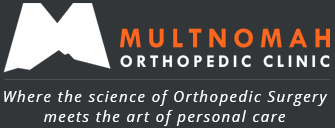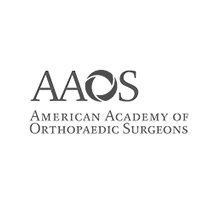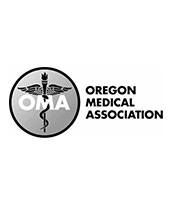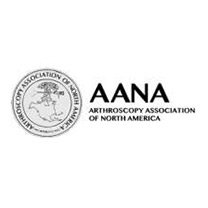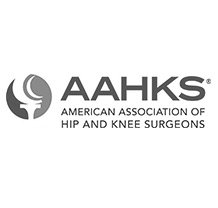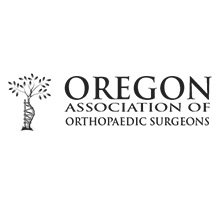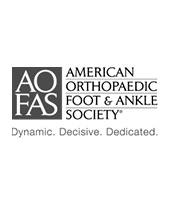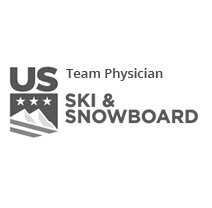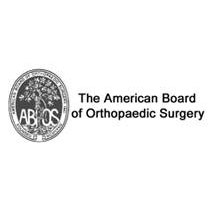Regenerative Medicine
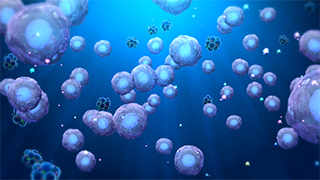
What are Sports Injuries?
Sports injuries are injuries sustained while playing indoor or outdoor sports such as football, basketball, hockey, baseball, tennis, or while exercising. Sports injuries can result from sports accidents, inadequate training, improper use of protective devices, or insufficient stretching or warm-up exercises. Common sports injuries include bone, muscle, ligament and tendon injuries that commonly involve joints such as the shoulders, elbows, knees, hips, ankles, and feet.
What is Regenerative Medicine for Sports Injuries?
Regenerative medicine is a branch of medicine that deals with the process of manufacturing functional and living tissues to replace or repair tissue or organ function lost due to damage, disease, age, or congenital deformities by using biological materials obtained from the body.
Regenerative medicine for sports injuries uses naturally occurring substances in the body such as cells, tissue, blood components, and growth factors to replace lost tissue, stimulate regeneration, accelerate healing, reduce pain and inflammation, and improve joint function affected by sports injuries. Some of the common regenerative medicine treatment techniques employed for the treatment of sports injuries include platelet-rich plasma (PRP) therapy, stem cell therapy, prolotherapy, and certain cartilage regeneration procedures.
Use of Regenerative Medicine for Sports Injuries
Sports injuries necessitate repairing or replacing damaged cartilage tissue, ligaments, and tendons for return to sports at the earliest. The use of regenerative medicine helps speed up the healing process by boosting the body’s natural healing abilities and promoting the growth of new ligaments, tendons, and cartilage tissue to achieve a swift recovery.
Different Types of Regenerative Medicines for Sports Injuries
Some of the types of regenerative medicine methods employed for the treatment of sports injuries include:
- Platelet-rich plasma (PRP): PRP is obtained from your own blood after it has been processed to concentrate platelets and certain white blood cells that enhance healing and reduce inflammation. PRP may be injected directly into the damaged tissue during an outpatient procedure or following repair surgery.
- Bone marrow aspiration concentrate (BMAC): BMAC is obtained after processing bone marrow that is removed from your pelvic bone. BMAC is rich in stem cells, which produce proteins and growth factors necessary for healing and reducing inflammation. Stem cells are specialized cells that can develop into a particular type of tissue or organ. While there are various types of stem cells, the ones located in the bone marrow are regarded as the best at promoting musculoskeletal healing.
- Prolotherapy: In this type of therapy, a natural irritant is introduced into the soft tissue of an injured joint or damaged tissue through an injection to trigger the body’s healing process. Prolotherapy is mainly used to treat injured joints and ligaments and is commonly employed for the treatment of back injuries.
- Autologous cell therapy: In this therapy, a blood sample is extracted from a vein in your arm and a sample of bone marrow is obtained from the pelvis through a needle. Subsequently, platelets are isolated from the blood sample and stem cells are isolated from the bone marrow sample. After preparation, these 2 components are injected into the site of injury using advanced imaging guidance to promote healing.
- Cartilage regeneration procedure: Cartilage transplantation is a procedure to restore articular cartilage in a joint by transplanting it from another region of your body. Articular cartilage is the white tissue lining the ends of bones that form joints. It acts as cushioning material and helps in the smooth gliding of bones during movement. Articular cartilage damaged by an injury is replaced during this procedure.
Procedure for Administration of Regenerative Medicine for Sports Injuries
Administration of regenerative medicine is typically performed through an injection of regenerative medicine into the affected musculoskeletal region. During the procedure, you will be seated or will lie on your back or side with the affected area exposed. The skin over the injection site is sterilized and numbed with a local anesthetic. The injection containing regenerative medicine is administered into the affected region. In some cases, ultrasound imaging is used to help guide the needle to the correct site. A small dressing is then applied over the injection site to complete the procedure.
Postoperative care
Postoperative care will include the following instructions:
- Avoid strenuous activities for a couple of days.
- Apply ice on the injection site for comfort.
- Rest, elevation, and medicines are recommended to relieve pain and swelling.
- Gentle range of motion exercises is recommended.
Reasons to Consider Regenerative Medicine for Sports Injuries
Some of the important reasons to consider regenerative medicine for sports injuries include:
- Chances of adverse reaction or rejection to regenerative medicine are very minimal as regenerative medicine are natural substances obtained from your own blood or tissues.
- Extremely low chances of infection due to the absence of a foreign substance in regenerative medicine.
- Low risk of pain during the procedure and usually completed in 20 to 30 minutes.
- Does not require a prolonged recovery period and the patient can return home in a short time. This particularly helps athletes who do not wish to stay out of sports for a long time.
- An efficient non-surgical alternative for patients with orthopedic injuries who have failed other conservative treatment methods.
Risks and Complications
Administration of regenerative medicine is a relatively safe procedure; however, as with any procedure, there may be some complications, such as:
- Infection
- Damage to blood vessels and nerves
- Swelling
- Blood clots
